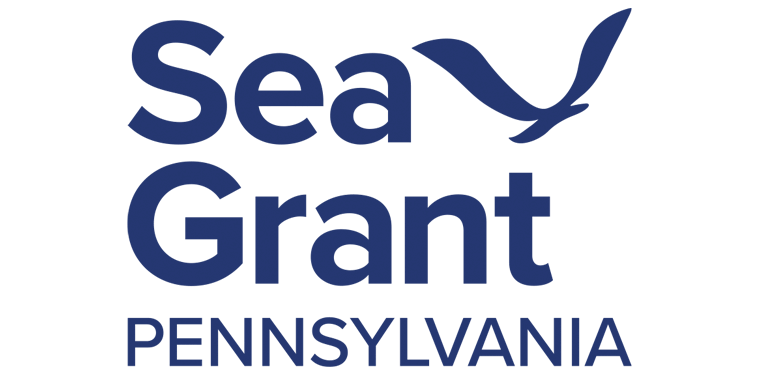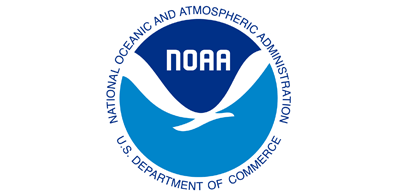Pharmaceuticals and Personal Care Products in Municipal Water Supplies from Lake and Riverine Sources
Humans use a large variety of chemicals in their everyday lives, including prescription drugs, overthe-counter medications, and personal care products. The chemicals that are in these products enter the wastewater treatment systems during the manufacturing process and when consumers use them. These chemicals, collectively referred to as PPCPs (pharmaceuticals and personal care products), have been identified as emerging contaminants because they are biologically active and have known or suspected endocrine disrupting properties. While these compounds are considered to be water pollutants, they are not yet regulated by any water quality standards. Therefore, drinking water treatment plants do not typically analyze samples from their operations to determine the concentrations of PPCPs. The goal of this project was to determine the concentrations of a suite of PPCPs specified by the Pennsylvania Sea Grant to be of interest (acetaminophen, ampicillin, caffeine, naproxen, ofloxacin, sulfamethoxazole, and trimethoprim) in both source and finished drinking water across the Susquehanna River Basin. We partnered with Pennsylvania American Water to select six drinking water treatment plants as study sites, with three utilizing reservoirs as the drinking water source and three utilizing rivers or creek and with the Pennsylvania Master Well Owner Network (MWON) to better understand the presence of the target PPCPs in private wells in the West Branch of the Susquehanna River Basin.
The objectives of this project were to: (i) determine the occurrence and concentrations of PPCPs in drinking water sources and finished drinking water for selected sites in the Susquehanna River Basin; (ii) gain an improved understanding of the temporal variation of PPCPs in reservoirs and rivers used as the source for selected drinking water treatment plants and the drivers of these temporal dynamics; (iii) determine the removal efficiency ranges for PPCPs for selected drinking water treatment plants and which treatment steps generally performed best; and (iv) examine how the removal efficiencies change as a function of influent concentration.
A variety of sampling strategies were employed to meet these objectives through the duration of the study period (April 2016 – January 2018): (i) bi-monthly and monthly samples were collected to determine seasonal variations in the PPCP concentrations; (ii) additional samples were collected to supplement the bi-monthly samples as needed to better reflect the effects of baseflow and highflow conditions on the presence of PPCPs in the source and finished water; (iii) higher frequency samples (i.e., every few days) were collected at select sites to determine the chemograph during two high-flow events (winter and spring); and (iv) staggered samples were collected at one plant over the course of a week to better account for the residence time that water spends in each treatment step, allowing us to track water as it moves through the treatment plant.
A total of 680 samples were collected over the duration of the study. Currently, we are about halfway through processing the data, with data processed for Spring 2016 through Spring 2017. Additionally, one sample was collected for each of 26 private wells through the MWON. All samples were analyzed at the United States Department of Agriculture – Agricultural Research Services analytical chemistry lab in University Park, PA. Sample analysis for the concentration of PPCPs was conducted using a Thermo Scientific Q Exactive Orbitrap Liquid Chromatography- Mass Spectrometry (LC-MS/MS) System. The method detection limit (MDL) was 0.01 μg/L and the method quantification limit (MQL) was 0.1 μg/L.
Of the target analytes, the most frequently detected in the private wells was ofloxacin, which was greater than the MDL for 100% of the well samples. Sulfamethoxazole was the second most frequently detected compound, present in 57% of sampled wells. Caffeine and ampicillin were detected in 46% of the wells. Ofloxacin, sulfamethoxazole, and caffeine were also detected at the highest concentrations (124 μg/L, 39 μg/L, and 14.5 μg/L, respectively). Acetaminophen and trimethoprim were among the least detected compounds with 11.5% detection frequencies, while naproxen was not detected in any sample.
In the drinking water treatment plant sources, the frequency of detection for each compound varied, with the lowest frequencies of detection for the pain killers (0% for acetaminophen and 25-37.5% naproxen) and the highest for the antibiotics ofloxacin and trimethoprim. The concentrations and frequencies of detection were higher in the riverine sources, with all compounds present in all riverine samples at concentrations above the MDL. The highest concentration observed was for trimethoprim, which was as high as 54 μg/L in one source. For the finished drinking water, the frequency of detection for PPCPs was highest for caffeine (up to 87.5% of samples) and lowest for ampicillin (as low as 0% of samples). In general, the PPCPs that were detected in the source waters were also detected in the finished waters, with the frequency of detections typically lower in the finished water relative to their source water, regardless of source type (riverine or reservoir). The mean concentrations of PPCPs in the reservoir sources were typically less than 6 μg/L, with the exception of mean concentrations in one plant that were as high as 10 μg/L for ampicillin and caffeine and above 55 μg/L for naproxen. The highest concentrations observed from all of the finished water samples were for naproxen, ampicillin, and caffeine for the plants that had riverine sources.
The concentrations of PPCPs in the source and finished waters were used to calculate “treatment ratios” for each compound as the ratio of the concentration of each PPCP in the finished water to the concentration in the source water. Overall, the treatment ratio was less than 1 for approximately 40% of the PPCPs detected in source water samples, suggesting that the treatment plants were not effective in removing more than half of the PPCPs observed in the source waters. Treatment plants employing activated carbon pre-treatment systems and granular activated carbon filters had higher removal (finished:source water ratios <1) in comparison to KMnO4 pre-treatment and mixed media filters.
We consider the results included in this report to be a preliminary assessment of the data that we collected as part of this project. Additional samples have yet to processed, and we expect those to enable a more comprehensive assessment of the temporal variability of PPCPs in each source water body and the finished drinking water supplies, the factors that are likely driving their temporal dynamics, and the extent to which the treatment technologies employed at each plant were able to reduce PPCP concentrations. We recommend that the concentrations determined in this project be used in the future to better understand any potential risks that the presence of PPCPs in source and finished drinking water supplies may pose to non-target species, such as algae, daphnia, and fish and humans.



